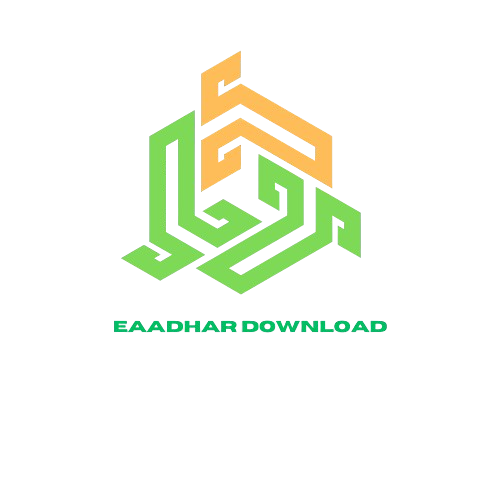In the digital age, the first impression often comes from visuals. Blog post featured images play a crucial role in attracting readers and setting the tone for your content. Crafting an effective featured image template involves understanding the balance between aesthetics and functionality. Here’s a guide to designing compelling blog post featured image templates.
1. Embrace Simplicity
Simplicity is key when designing featured images. A clean, uncluttered background ensures that your text and any additional elements stand out. Opt for solid colors or subtle gradients that complement your blog’s theme. Avoid overcrowding the image with too many details, as this can distract from the main message.
2. Focus on Typography
Typography is a powerful tool in design. Choose bold, readable fonts for your blog post titles. The font should be large enough to be easily read, even on smaller screens. Consider using contrasting colors to make the text pop against the background. For additional text, such as subtitles or taglines, select a complementary font that enhances readability without overwhelming the main title.
3. Use Relevant Imagery
Incorporating relevant images or icons can Featured Blog add visual interest and context to your featured image. Select images that align with the content of your blog post. If using icons, ensure they are simple and convey the essence of your post clearly. For instance, a blog about travel might use a suitcase or globe icon.
4. Maintain Consistency
Consistency across your featured image templates helps in creating a cohesive brand identity. Use similar color schemes, fonts, and layouts for all your blog posts. This not only reinforces your brand’s visual identity but also makes your content easily recognizable to readers.
5. Prioritize Readability
Readability is crucial for effective featured images. Ensure there is enough contrast between the text and the background. Avoid overly ornate fonts or busy backgrounds that can make reading difficult. Test how your featured image looks on different devices to ensure it remains legible across all screen sizes.
6. Optimize for Different Platforms
Different platforms and devices may display your featured image differently. Optimize your templates for various screen sizes and aspect ratios. This might involve creating multiple versions of your image or adjusting the layout to ensure it looks great on desktops, tablets, and mobile devices.
7. Incorporate Your Branding
Your featured image should reflect your brand’s personality. Include elements like your logo or brand colors to reinforce your identity. This not only helps in brand recognition but also adds a professional touch to your blog posts.
8. Experiment and Iterate
Don’t be afraid to experiment with different designs and layouts. A/B testing various featured image templates can provide insights into what resonates best with your audience. Continuously iterate based on feedback and performance metrics to refine your approach.
In conclusion, designing effective blog post featured image templates involves a mix of simplicity, strategic typography, relevant imagery, and brand consistency. By focusing on readability and optimizing for different platforms, you can create visually appealing templates that capture your audience’s attention and enhance their overall experience with your content.
